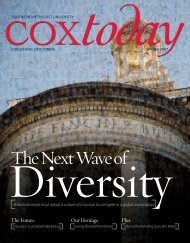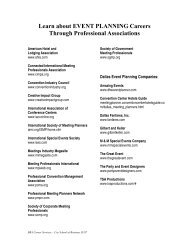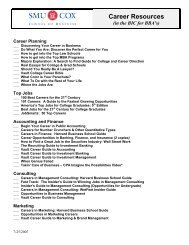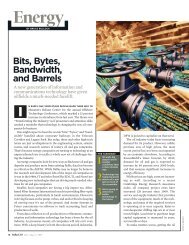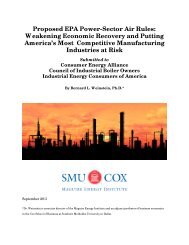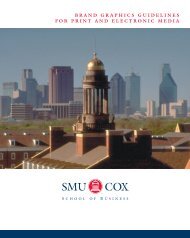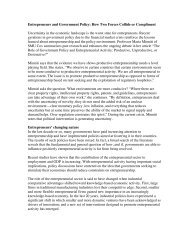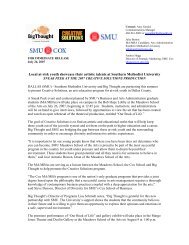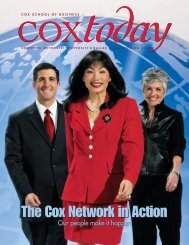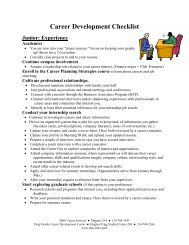Lessons from the Texas Homeowners Insurance Crisis Bob Puelz ...
Lessons from the Texas Homeowners Insurance Crisis Bob Puelz ...
Lessons from the Texas Homeowners Insurance Crisis Bob Puelz ...
Create successful ePaper yourself
Turn your PDF publications into a flip-book with our unique Google optimized e-Paper software.
as equations in levels. The Hansen J-test for over-identification was not rejected (χ 2 = 10.18),<br />
indicating that <strong>the</strong> instruments as a group are not correlated with <strong>the</strong> error term and, <strong>the</strong>refore, are<br />
reasonable. T-statistics are based on robust standard errors due to Windmeijer (2005).<br />
[Table 7 about here]<br />
Results in Table 7 indicate <strong>the</strong> importance of <strong>the</strong> association between <strong>the</strong> value of insured<br />
peril losses and <strong>the</strong> current premium as coefficients are positive and statistical significance<br />
predominates. In addition, we find evidence of a statistically significant positive relationship<br />
between <strong>the</strong> majority of one-year lagged representations of <strong>the</strong>se perils and <strong>the</strong> current<br />
premiums. In o<strong>the</strong>r words, when insurers experience higher prior year losses in a given county<br />
for a given peril, it is associated with higher premiums. For our measure of uncertainty,<br />
deviation, <strong>the</strong> findings indicate a negative and statistically significant relationship between<br />
deviations and current premiums. The results on loss lags and our uncertainty measure indicate<br />
that homeowners insurance prices during this crisis were changing in association with factors<br />
perhaps not readily understood by insurance customers, in addition to changes in actual claim<br />
experiences. Thus, <strong>the</strong> evidence suggests that when insurers confronted a dynamic and<br />
unexpected claims environment, that risk information among market participants became more<br />
skewed, which likely exacerbated discontent in this insurance market.<br />
Next, we can focus on <strong>the</strong> coefficient values <strong>the</strong>mselves to gauge <strong>the</strong> level of association<br />
each of <strong>the</strong>se statistically significant perils has to <strong>the</strong> variation in premiums. The empirical<br />
equation is in “semi-log” form; <strong>the</strong>refore, we can calculate <strong>the</strong> elasticity of premium per $1,000<br />
19





